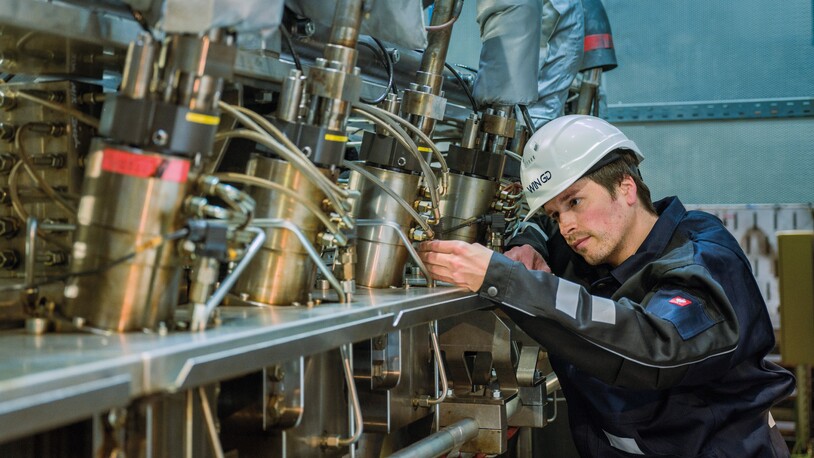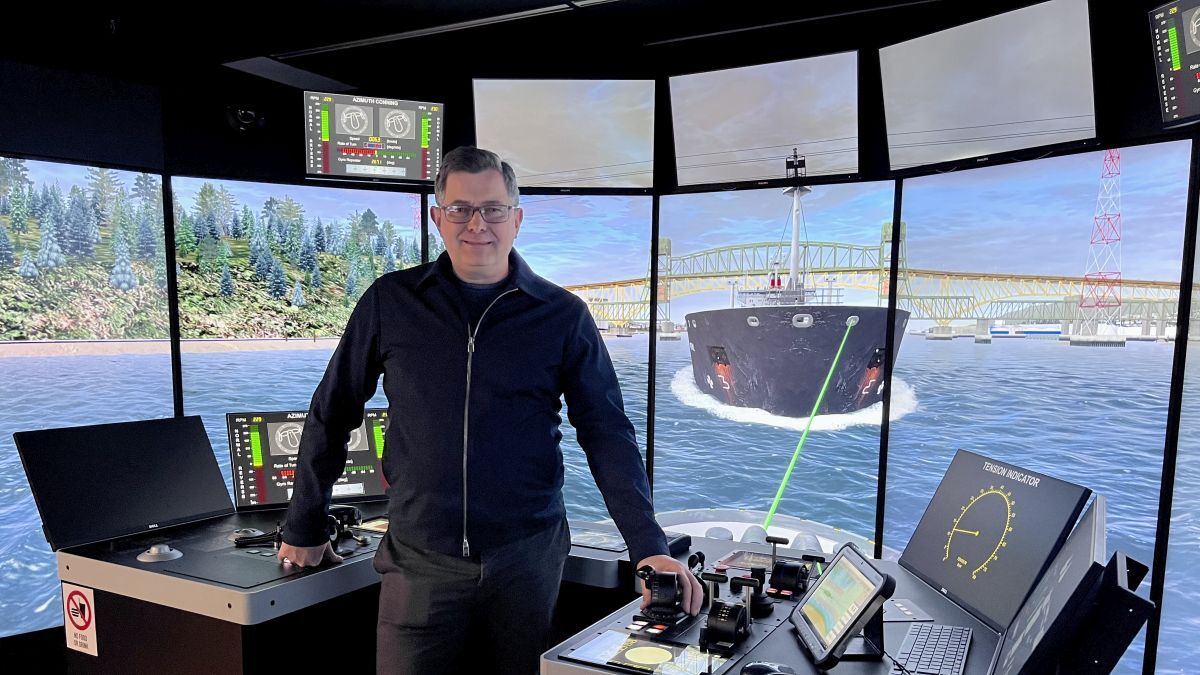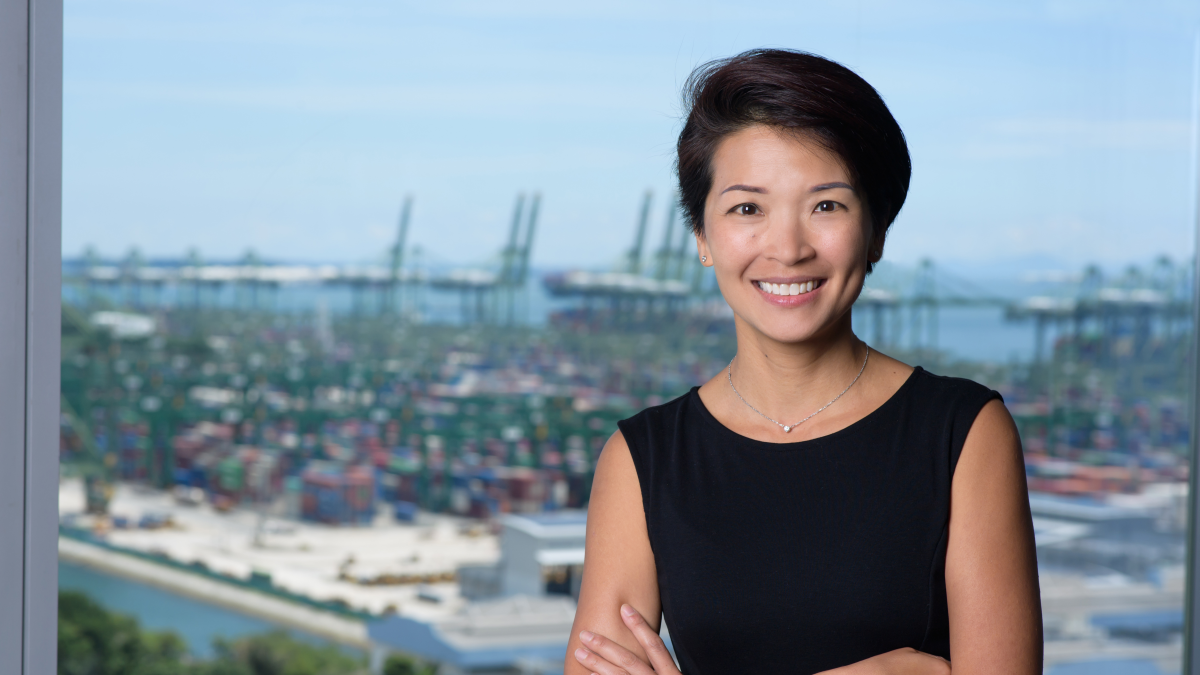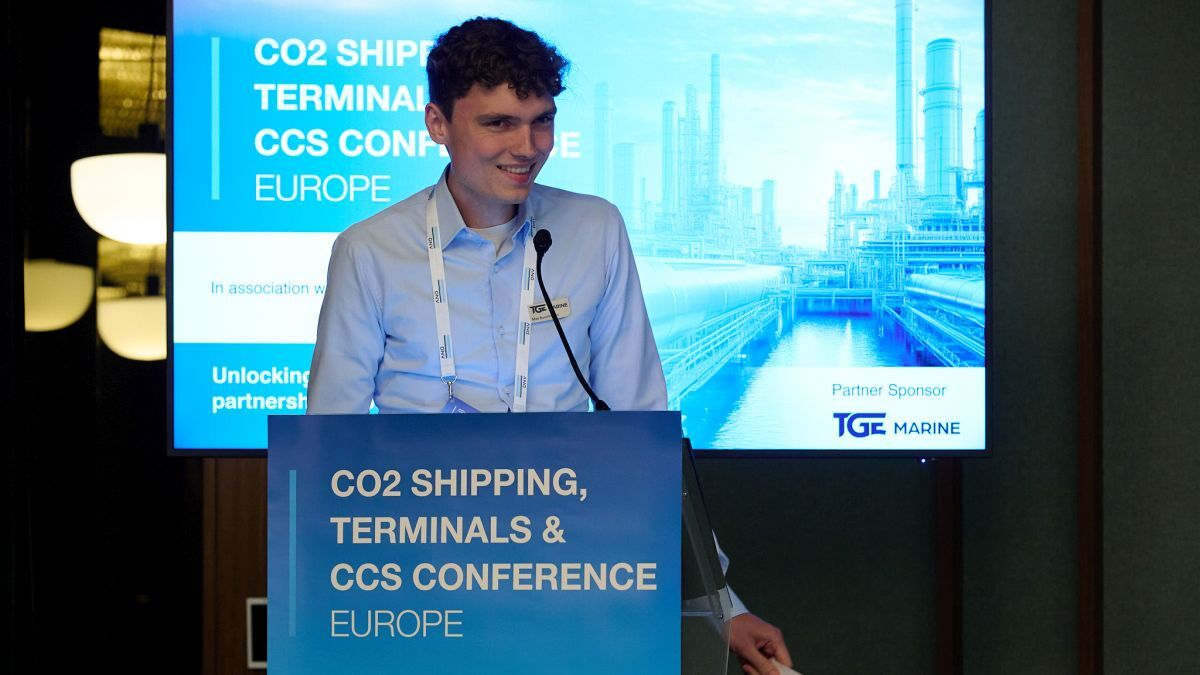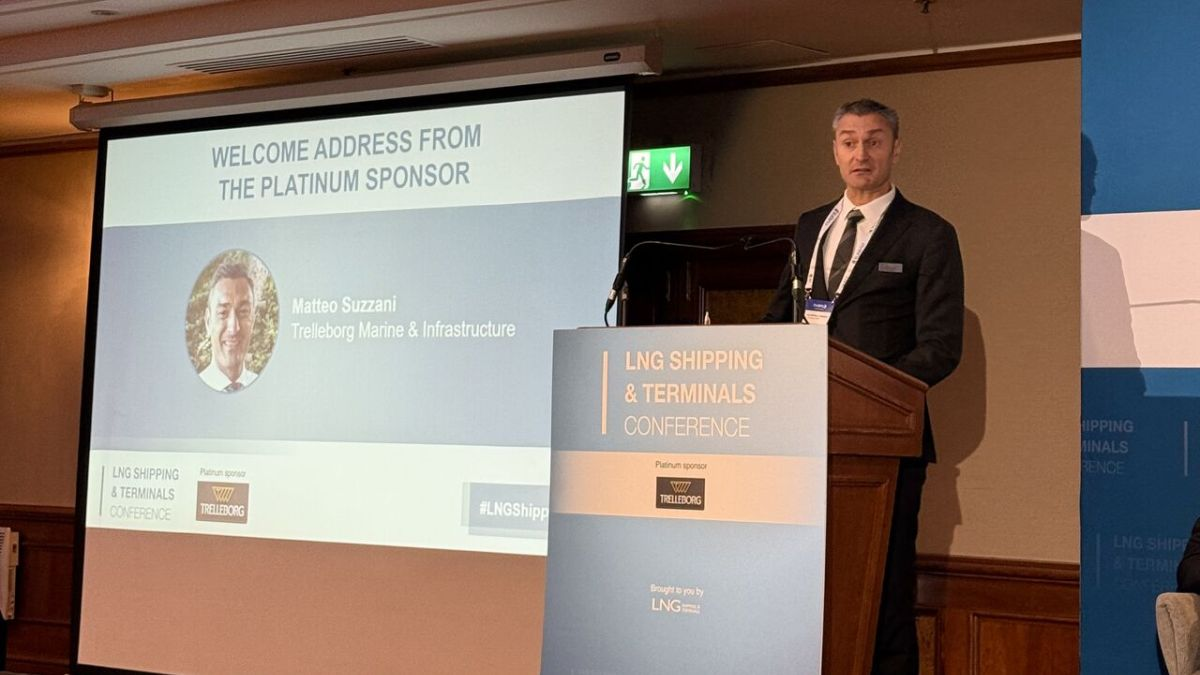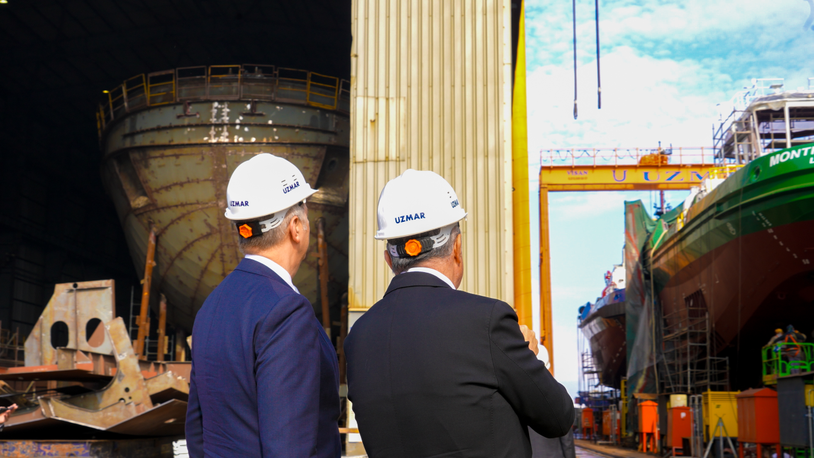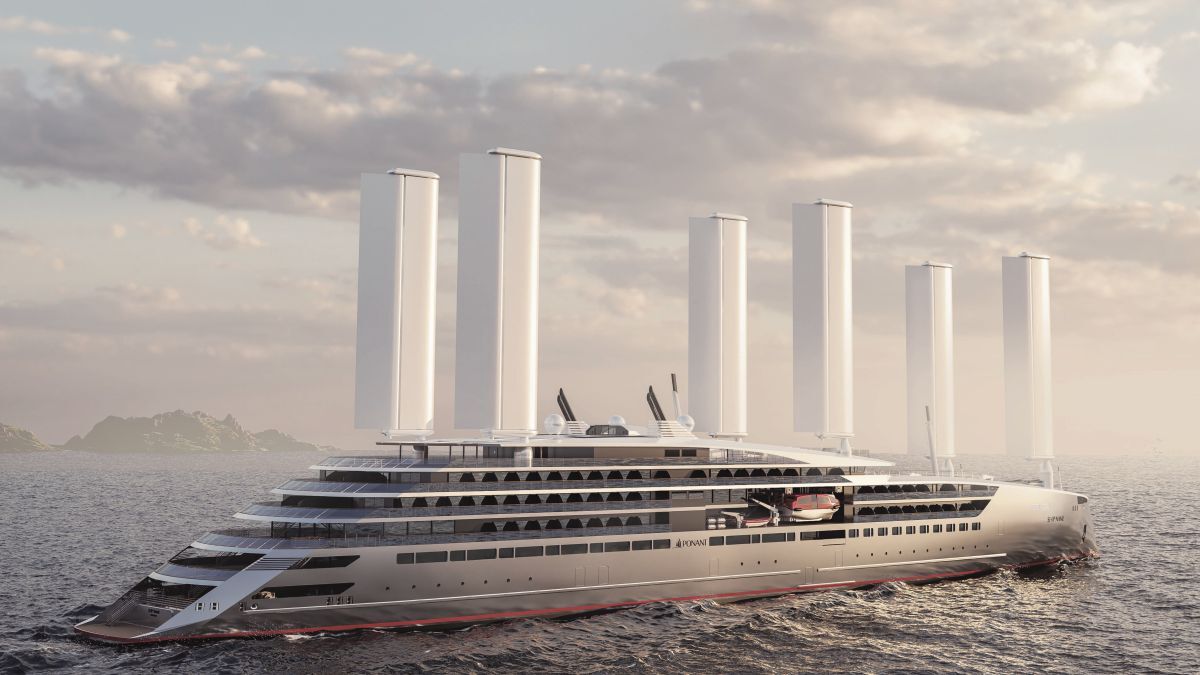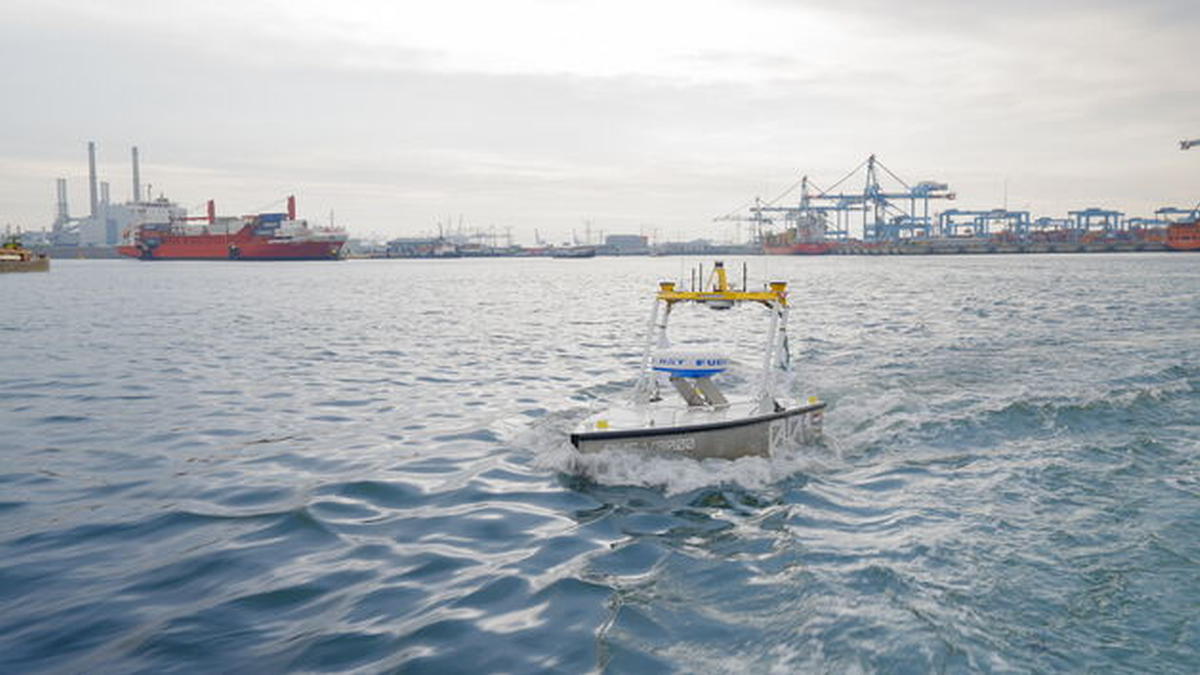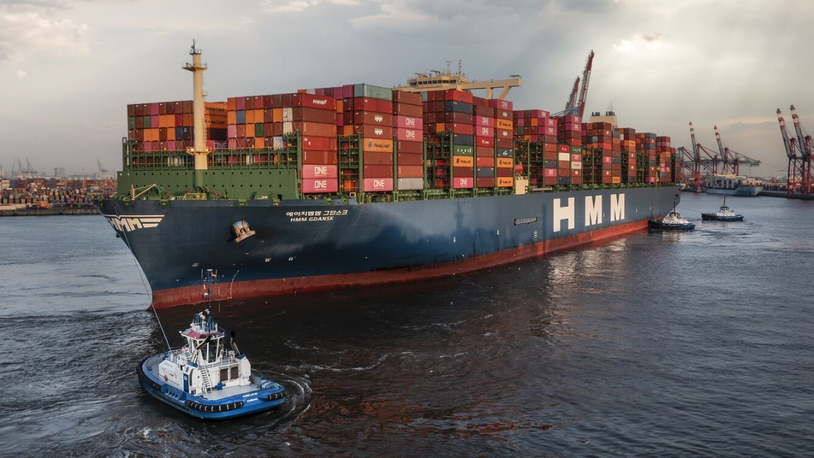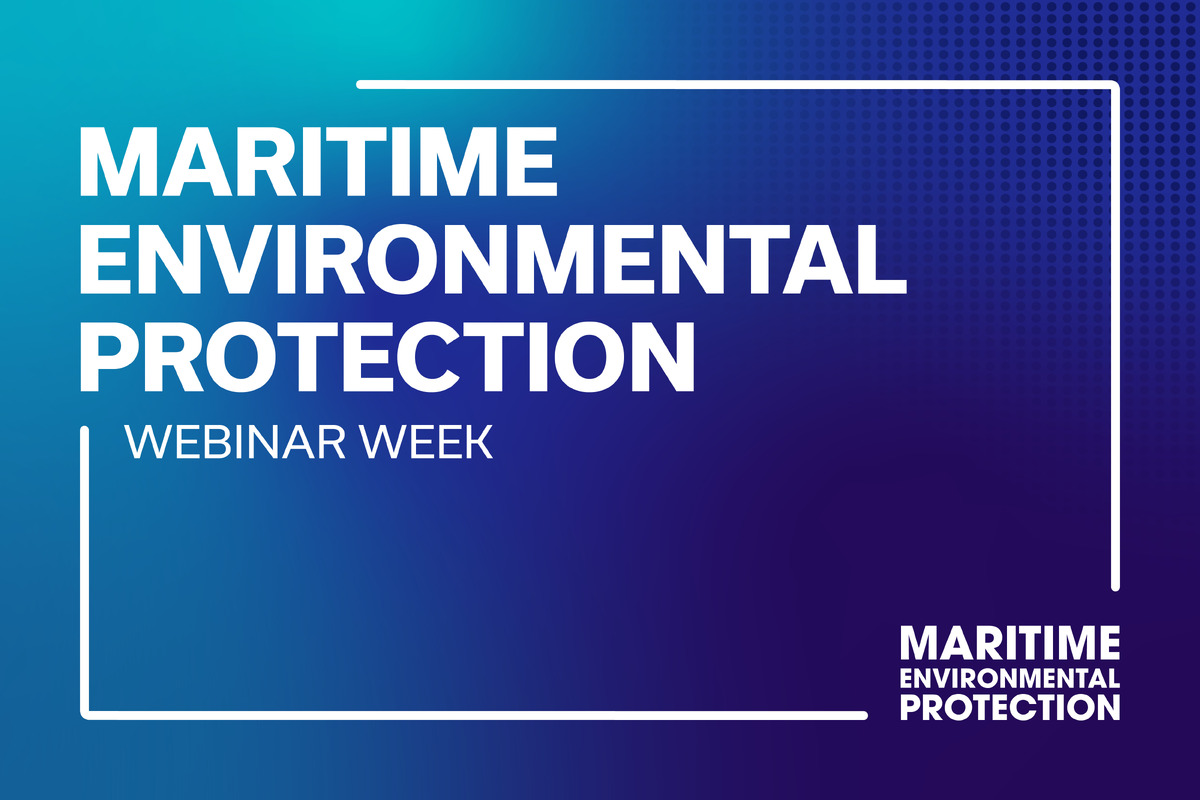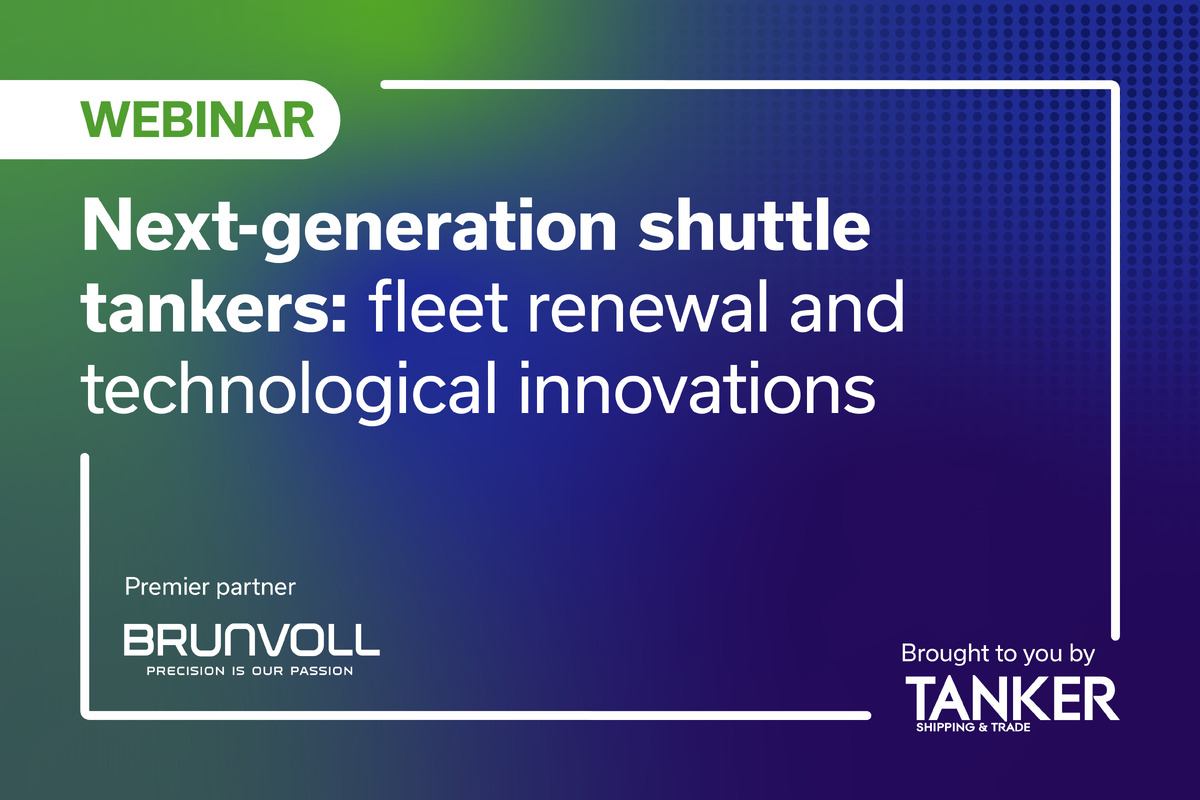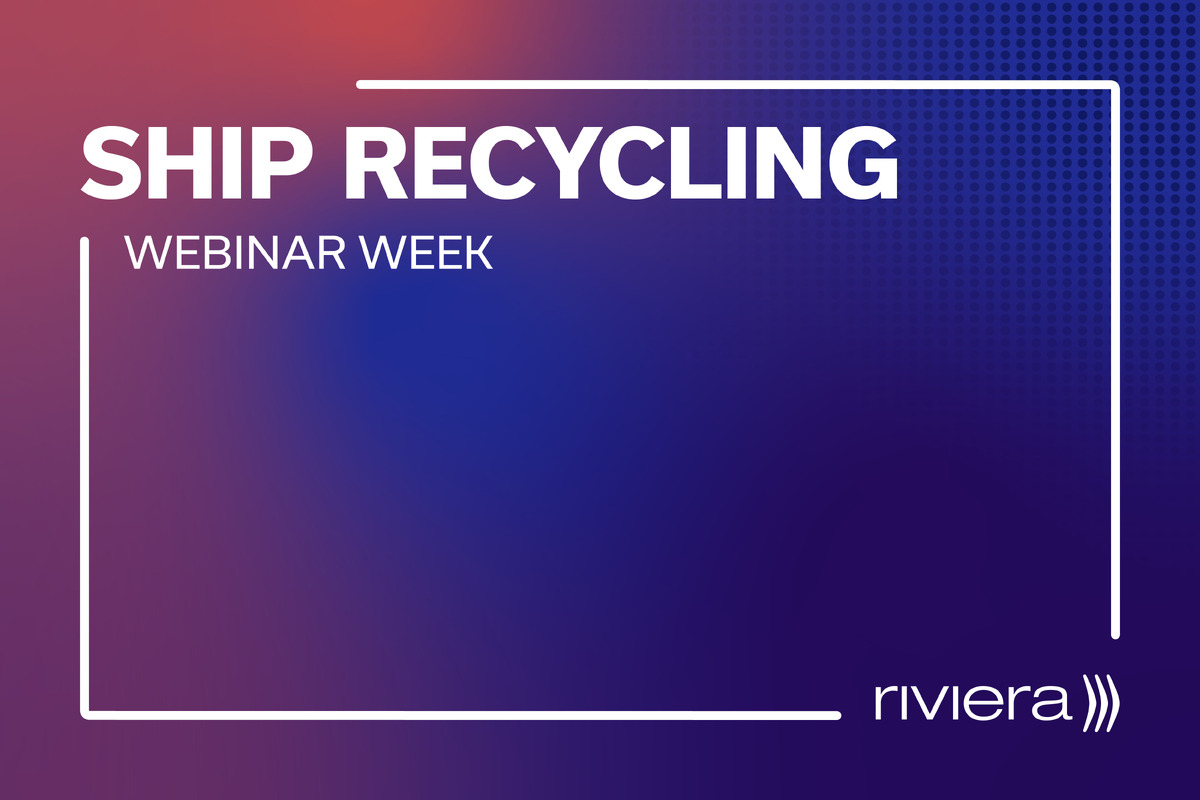Business Sectors
Events
Marine Coatings Webinar Week
Contents
Register to read more articles.
Simulators raise towage safety and tugboat operations
Digital modelling enhances port development, tug design and training for advanced ship handling, escort and towage operations
In the past decade, simulators and associated digital models have been used for an increasing variety of tug, towage, pilotage, port development and operational assessments.
Primarily, simulators are used in academies and other institutions to train and assess tug masters, ship captains and marine pilots in various scenarios and weather conditions in a safe environment, where they can make errors without physical consequences.
However, they can offer much more, especially when simulators are networked and employed in an interactive manner.
Port authorities use simulators when designing harbours and terminal infrastructure, and to model ship manoeuvring using tugs in these harbours. Simulation models are used to select the type and power requirements of tugboats as ship sizes increase.
Pilots can work with tug masters to create ship escort, towage and docking plans, and to test them prior to undertaking them in real life; and tug masters can practise advanced manoeuvres and test the capabilities of tugboats before committing to these operations.
Naval architects use simulators to design future generations of tugs, changing hull forms, propulsion configurations and thruster sizes to optimise performance in different conditions.
Kongsberg Digital’s consultant and tug simulation-expert, Garland Hardy, says applications include specialised training, proof of concept and tugboat design. They are made possible due to the latest tug simulation technology that can simulate unique aspects of tug operations that conventional bridge simulators cannot.
“General motion of tugs and their ability to maintain control are prone to exterior factors acting on them and affecting assisted ships,” says Mr Hardy.
“Simulating tugboats’ motions has become much better in last 20 years due to developments in simulator platforms. These enhancements are not just in the hydrodynamic manoeuvring models, but also the algorithms simulating the physical cause and effect of vessel manoeuvres in maritime environments.”
Kongsberg Digital’s K-Sim platform for tug simulation incorporates modelling of complete marine environments, waves, currents, tides and their impact on tug and ship motions. “We are changing aspects of environmental models at advanced levels and incorporating physical models of the tugboat and what is being manoeuvred,” says Mr Hardy.
“Models simulate forces that are produced from motions on the tug’s hull form, the towline and of other structures, incorporating multiple variables that affect tugboat motion.”
Projects in Americas
Teams led by Mr Hardy have utilised Kongsberg Digital’s simulator to help several tug owners, port and terminal operators in the Americas to develop infrastructure and design or designate the tugboats to be used in these harbours; including training masters and pilots in their use for ship handling, towage and docking.
SAAM Towage Canada has developed its master training programme, which was certified by DNV in December 2024, for delivery using a Kongsberg Digital simulator, and is considering implementing this programme throughout its fleet. Other Canadian tug companies including Group Ocean, Tidewater, Seaspan/HaiSea Marine and Atlantic Towing in Canada are training at various sites with Kongsberg Digital simulators.
Mr Hardy says Kongsberg was involved in the expansion of the Panama Canal, where simulators were used to trial ship towage and escorting processes. “These were a critical part of the canal’s development and testing of operational procedures,” he explains.
Simulators were used to trial handling ultra-large container ships in Canadian terminals, such as in the ports of Halifax, Nova Scotia and Vancouver, British Columbia, and in new LNG terminals in Canada. Kongsberg simulators were used to plan marine operations at various terminals for container ships, bulk carriers and tankers in Salina Cruz and Vera Cruz, Mexico, and in numerous ports and waterways in the US.
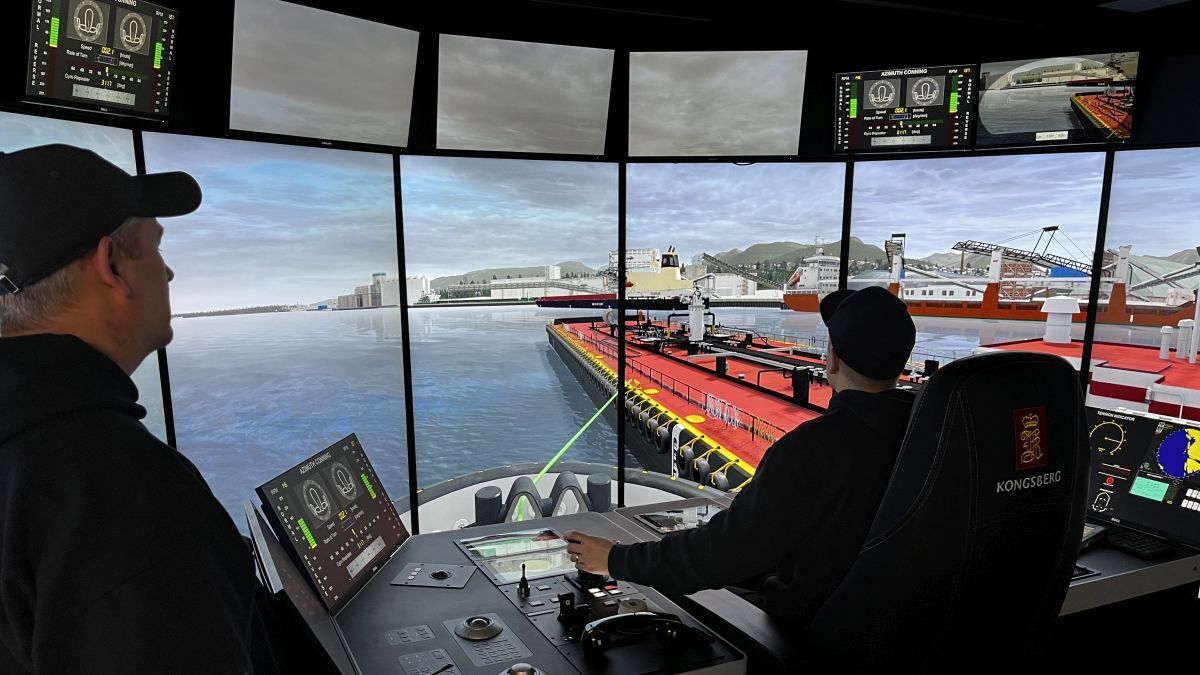
Proof of concept
“Modelling is important for port design and development,” says Mr Hardy. “Proof of concept is the first step in developing the port and training programmes.” Simulation modelling could include “detailed 3D tidal, current and tidal stream models for 24-hour periods and different days, covering river estuaries with seasonal runoff, which cause changes in water levels and current velocities.”
These conditions impact tugboat operations and ship assistance, requiring “different sets of operational manoeuvring rules and risk factors.” Simulators can predict the effects of dredging on tidal and current flows and provide solutions to port operators.
In one of its latest projects, Kongsberg Digital’s simulators were used to help LNG Canada and HaiSea Marine develop the LNG export terminal in Kitimat, British Columbia, and the process of escorting, towing, manoeuvring and docking gas carriers.
“Modelling tug operations is an important component of port development,” says Mr Hardy. “It is critical for safety system analysis, analysing effects on hull forms at higher speeds and understanding the extreme limits of performance, such as employing render/recover winches during ship escort.
For HaiSea, Kongsberg Digital simulated a gas tanker escort through a route from the Pacific Ocean to Kitimat of more than 200 nautical miles, for safety and operational requirements. It considered render/recovery winch performance, hours of winch operations, alternative routes and towage in environmental conditions.
“LNG carrier escorting at 9-11 knots produces high levels of line loads, which could break towlines or the ship’s connection points, so pilots need alternative ways to employ tugs or halt ship transits if weather conditions mean tugs cannot operate,” says Mr Hardy.
“We can simulate tugboat responses in various environments, the performance limits of tugs, the practical lifecycle of winches, hours of operations and positioning of fenders.”
Simulation also considers the designs of ships being assisted and how this changes towage and pushing operations and the tugs conducting them.
“There could be different forces on ships and tugs. All of this is incorporated into proof of concept and training programmes,” says Mr Hardy.
Future models
Kongsberg Digital’s simulators have also assisted naval architects worldwide to adjust existing designs or develop new concepts, while models are updated with new architectural information from designers.
“Incorporating new designs is important. When we include more advanced aspects into the K-Sim models, there is a higher degree of confidence of the results compared with real life,” says Mr Hardy.
“Some tugboat designs are unique in their hullform, and some can become very specialised. Shipping companies may ask why they need different tugs, but some operations are specific, so tugs are designed and operated for this.”
For example, the extent and height of flares on container ships and LNG carriers require highly manoeuvrable tugs for escort and towage duties.
Simulators are also used for mooring analysis and practising ship-to-ship transfers, and simulating tug operations when attending oil loading offshore. “We can replicate connections in various sea states, forces on tugs, and towline and winch performance in various types of operations,” Mr Hardy adds.
The latest development in simulators is use of augmented reality (AR) and virtual reality (VR) where goggles are used instead of large graphical screens for the immersive experience. These are supplemented with hardware replicating consoles and controls on tugboats.
“VR is okay for visual cues, but operators need the tactile feel of controls and to monitor real instruments, such as emergency brakes for winches,” Mr Hardy says.
All the equipment is set within full-mission simulators and tug simulators with the master chair and wheelhouse consoles. With AR, less equipment is included, which makes it more economic and cost effective.
“We get less hardware and the performance of 360° simulators in smaller packages,” Mr Hardy says. “AR will be incorporated in years to come in proof of concept and training simulators.”
Riviera’s TUGTECHNOLOGY ‘25 will be held in Antwerp, 22-23 May 2025. Click here for more information on this industry-leading event.
Related to this Story
Events
Marine Coatings Webinar Week
Maritime Environmental Protection Webinar Week
Ship Recycling Webinar Week
© 2024 Riviera Maritime Media Ltd.

